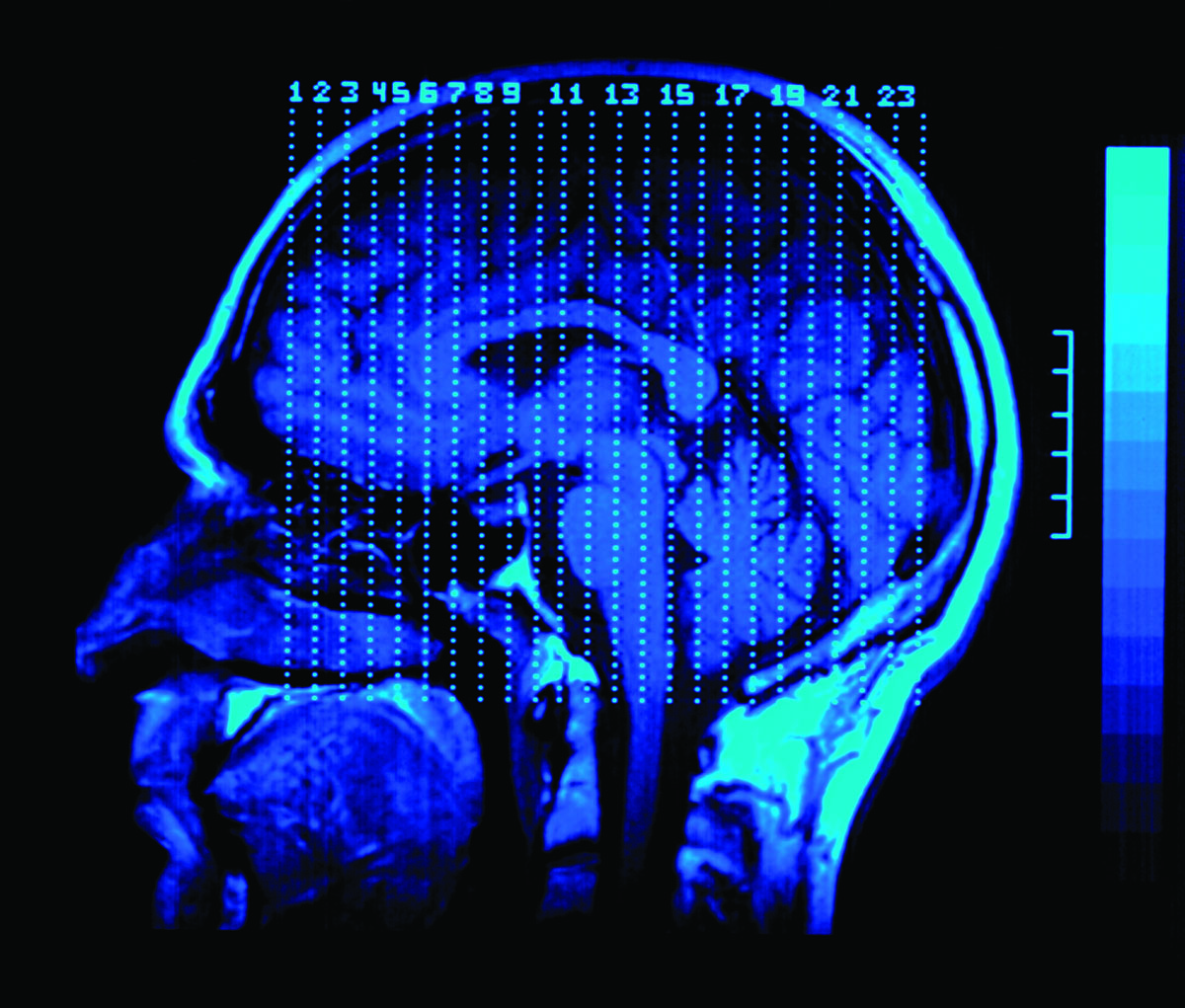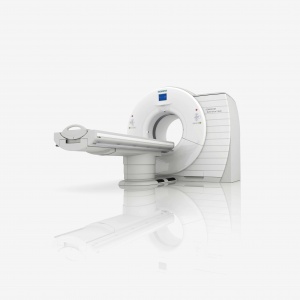March 31st, 2011 by admin in Health Policy, Health Tips, Research
No Comments »

By Richard C. Hunt, MD, FACEP
Centers for Disease Control and Prevention
A 17 year-old athlete arrives on the sideline, at your office, or in the emergency department after hitting her head during a collision on the sports field and is complaining that she has a headache and “just doesn’t feel right.”
Can she return to play? If not, when can she safely return to school, sports, and to her normal daily activities? Does she need immediate care, a Head CT or MRI, or just some time to rest?
Do those questions sound familiar?
Each year thousands of young athletes present at emergency departments and in the primary care setting with a suspected sports- and recreation-related concussion. And every day, health care professionals, like us, are challenged with identifying and appropriately managing patients who may be at risk for short- or long-term problems.
As you know, concussion symptoms may appear mild, but this injury can lead to significant, life-long impairment affecting an individual’s ability to function physically, cognitively, and psychologically. Thus, appropriate diagnosis, referral, and education are critical for helping young athletes with concussion achieve optimal recovery and to reduce or avoid significant sequelae.
And that’s where you come in. Health care professionals play a key role in helping to prevent concussion and in appropriately identifying, diagnosing, and managing it when it does occur. Health care professionals can also improve patient outcomes by implementing early management and appropriate referral.
As part of my work at CDC, and as a health care professional, I am committed to informing others about CDC’s resources to help with diagnosing and managing concussion. CDC collaborated with several organizations and leading experts to develop a clinical guideline and tools for the diagnosis and management of patients with concussion, including:
For more information about the diagnosis and management of concussion, please visit www.cdc.gov/Concussion/clinician.html.
Also, learn more about CDC’s TBI activities and join the conversation at: www.facebook.com/cdcheadsup.
March 25th, 2010 by KevinMD in Better Health Network, News, Opinion
No Comments »

It’s well known that the use of imaging scans, like CTs, MRIs and PET scans, have been growing at an alarming rate. But a recent study provides some stark numbers. According to a recent CDC report, “MRI, CT or PET scans were done or ordered in 14 percent of ER visits in 2007.” That’s four times as often as in 1996. Although a physician called that growth “astounding,” it’s really no surprise.
Emergency departments are becoming more crowded, and with patient satisfaction scores becoming more influential in financial incentives for physicians, sometimes just ordering a test is the path of least resistance. Factor in the spector of defensive medicine which, according to a survey from the Massachusetts Medical Society, accounts for up to 28 percent of tests ordered, it’s a wonder that more scans weren’t ordered.
Imaging scans are a clear cost driver in healthcare, contributing $12 billion to Medicare’s bill. But costs won’t resonate with patients requesting the tests or the doctors ordering them. One encouraging sign is the recent trend of publicizing the harms of scans, like radiation from CTs. I’m finding that patients are becoming increasingly aware of the risk, and making a more informed decision after I explain it to them. It’s a small step forward.
*This blog post was originally published at KevinMD.com*
March 8th, 2010 by Medgadget in Better Health Network, News
No Comments »

 GE Health donated time on their latest CT and MR systems for researchers from the Field Museum in Chicago to image the insides of an ancient baby mammoth. Lyuba, apparently one of the finest preserved mammoth specimens, was found by a Siberian reindeer herder three years ago. Now, thanks to modern technology, the researchers believe they know the cause of death of the mammoth. Lyuba is currently on view at the “Mammoths and Mastodons: Titans of the Ice Age” exhibit at the Field Museum. Of course, there’s also something to be said for today’s tomography scanners with bore sizes that can accommodate a mammoth. Read more »
GE Health donated time on their latest CT and MR systems for researchers from the Field Museum in Chicago to image the insides of an ancient baby mammoth. Lyuba, apparently one of the finest preserved mammoth specimens, was found by a Siberian reindeer herder three years ago. Now, thanks to modern technology, the researchers believe they know the cause of death of the mammoth. Lyuba is currently on view at the “Mammoths and Mastodons: Titans of the Ice Age” exhibit at the Field Museum. Of course, there’s also something to be said for today’s tomography scanners with bore sizes that can accommodate a mammoth. Read more »
*This blog post was originally published at Medgadget*
February 19th, 2010 by Nicholas Genes, M.D., Ph.D. in Better Health Network, Opinion
No Comments »

There’s an adage I often think about: “A physician’s job requires the expression of confidence. The researcher’s role is to express doubt.”
This was never more apparent than when I transitioned from the research environment into the clerkships of medical school. The language of decision-making had abruptly changed — in the lab, a year’s worth of experiments is summarized with “seems” and “suggests,” and every assertion is carefully calibrated to acknowledge uncertainty and a high standard for proof.
As a student on clerkships, I couldn’t quite wrap my head around the residents’ ambitious plans for patients: Read more »
*This blog post was originally published at Blogborygmi*
November 24th, 2008 by Dr. Val Jones in Audio, News
1 Comment »
I really like new technology, especially when it offers a very obvious advantage for patients. I recently heard about a new CT scanner that is so fast, it dramatically reduces radiation exposure for patients and can take crisp images of moving organs (like the heart). I asked to speak with Siemens’ VP of Sales and Marketing, Dr. André Hartung, to find out about the new Somatom Definition Flash Dual Source CT Scanner (it takes longer to say the machine’s name than to scan your entire body). Of course, I invited my Medgadget friend, Gene Ostrovsky, to join the call. I’ve included a “bonus track” for more advanced readers at the end of this blog post. Enjoy!
Listen to the podcast here:
[audio:http://blog.getbetterhealth.com/wp-content/uploads/2008/11/andrehartunglowq1.mp3]
Dr. Val: Just to set the stage for our listeners – can you explain what a CT scanner is, and how it differs from an MRI?
Hartung: Both CT scanners and MRI machines allow healthcare professionals to look inside the human body for diagnostic purposes. While CT scanners use x-rays to produce images, MRI machines use magnets. CT Scanners are very fast and widely available – almost every hospital has one.
Dr. Val: When would a doctor want to use a CT scanner instead of an MRI machine?
Hartung: CT images are especially good at detecting cancer. Also, because CT scans can be done so quickly, they are also useful diagnostic tools for stroke, heart attack, or when a patient is in critical condition – when every second counts.
Dr. Val: You said that CT scans are based on x-ray technology. How much radiation exposure does the average CT scan cause?
Read more »





 GE Health donated time on their latest CT and MR systems for researchers from the Field Museum in Chicago to image the insides of an ancient baby mammoth. Lyuba, apparently one of the finest preserved mammoth specimens, was found by a Siberian reindeer herder three years ago. Now, thanks to modern technology, the researchers believe they know the cause of death of the mammoth. Lyuba is currently on view at the “Mammoths and Mastodons: Titans of the Ice Age” exhibit at the Field Museum. Of course, there’s also something to be said for today’s tomography scanners with bore sizes that can accommodate a mammoth.
GE Health donated time on their latest CT and MR systems for researchers from the Field Museum in Chicago to image the insides of an ancient baby mammoth. Lyuba, apparently one of the finest preserved mammoth specimens, was found by a Siberian reindeer herder three years ago. Now, thanks to modern technology, the researchers believe they know the cause of death of the mammoth. Lyuba is currently on view at the “Mammoths and Mastodons: Titans of the Ice Age” exhibit at the Field Museum. Of course, there’s also something to be said for today’s tomography scanners with bore sizes that can accommodate a mammoth. 









